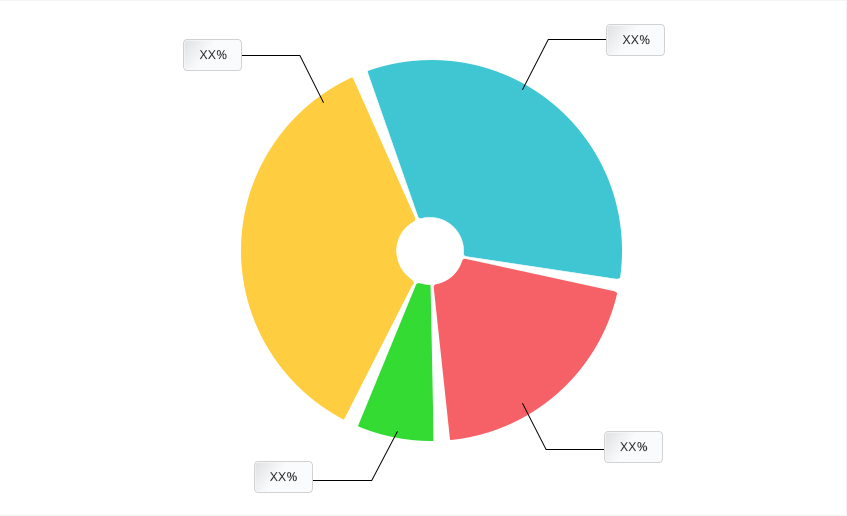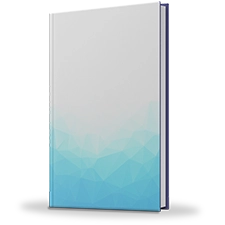Scope of the Study
For the purpose of analysis, the report covers a micro-level study of different by type, by application, by structure, by end user. The analysis presented in this section elaborates the attractiveness of each region to identify the lucrative market areas for investment. Region-wise, the report includes the Ion exchange materials market trends across North America, Europe, Asia-Pacific, and LAMEA. In addition, the study covers quantitative analysis for Ion exchange materials market from 2023 to 2032. The CAGR is calculated for 2024 to 2032, considering all the macro- and micro-economic factors, which impact the growth of the Ion exchange materials market.
Market Landscape
The study comprises parent/peer market analysis, patent analysis, pricing analysis, top player positioning in the base year, Porter’s five force analysis, value chain analysis, impact of government regulations on the market, and market dynamics (drivers, restraints, and opportunities), which directly or indirectly impact the growth of the market.
The Ion exchange materials market is segmented on the basis of by type, by application, by structure, by end user.
Ion exchange materials market Revenue (%), By type

Regional Analysis
The Ion exchange materials market is analyzed across four key regions, which include North America, Europe, Asia-Pacific, and LAMEA. The key countries contributing toward the growth of the market include:
North America: U.S., Canada, and Mexico
Europe: Germany, UK, Italy, Spain, France, and rest of Europe
Asia-Pacific: India, China, Japan, South Korea, Australia, and rest of Asia-Pacific
LAMEA: Brazil, Saudi Arabia, South Africa, and rest of LAMEA
Key companies identified in the report are Dow Chemical, Thermax Ltd, Sensorex Corporation, Veolia Environnement, Merck KGaA, Lanxess AG, Purolite, Mitsubishi Chemical, Hydranautics, Pentair
Research Methodology
AMR offers its clients with comprehensive research and analysis based on a wide variety of factual inputs, which majorly include interviews with industry participants, reliable statistics, and regional intelligence. The in-house industry experts play an instrumental role in designing analytic tools and models, tailored to the requirements of a particular industry segment. These analytical tools and models refine the data & statistics and enhance the accuracy of our recommendations and advice.
Key Questions Answered in AMR’s Ion exchange materials market Report
The Ion exchange materials market analysis covers in-depth information of major industry participants. Porter’s five forces analysis helps analyze the potential of buyers & suppliers and the competitive scenario of the industry for strategy building. Major countries have been mapped according to their individual revenue contribution to the regional market. The comprehensive report on Ion exchange materials market addressed critical questions for the players operating in the market or planning to enter in the market, and help them to take strategic decisions.
How do you see the growth of Ion exchange materials market in the next five years?
What are the top winning strategies adopted by the leading players operating in the market?
Who are the targeted customers in the Ion exchange materials market?
Who are the major players in the Ion exchange materials market
Key Insights Of Ion exchange materials market Report
AMR helps analyze the value chain of a particular market from all stakeholder’s perspectives
The study includes Porter’s five forces analysis to understand the competitive scenario of the industry and role of each stakeholder
Market dynamics includes drivers, restraints, and opportunities of the market. Drivers state the factors that boost the growth of the market, whereas restraints are the factors that are likely to hamper the market growth. Opportunities are the factors that act as the catalysts of the market. All these factors, along with data facts, are covered in the study
The parent/peer market analysis helps in understanding the parent market, and estimate the share of the Ion exchange materials market in the parent market. In some cases, it exhibits a comparative share analysis between Ion exchange materials market and its peer products.
Ion Exchange Materials Market Report Highlights
| Aspects | Details |
| By Type |
|
| By Application |
|
| By Structure |
|
| By End User |
|
| By Region |
|
| Key Market Players | Merck KGaA, Mitsubishi Chemical, Pentair, Hydranautics, Dow Chemical, Lanxess AG, Thermax Ltd, Veolia Environnement, Sensorex Corporation, Purolite |
Loading Table Of Content...



